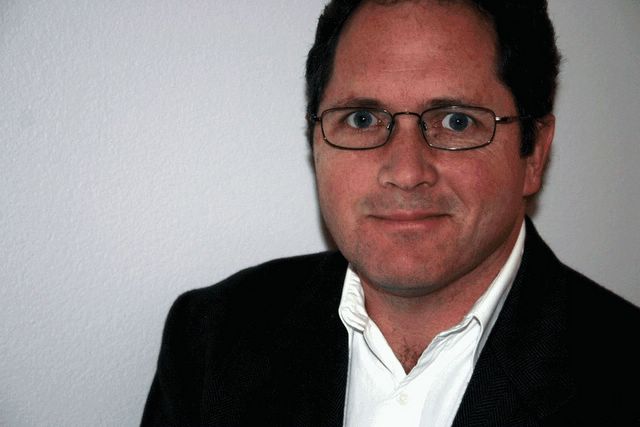| Company | Stent | Drug | Status |
| Abbott Vascular Devices | ZoMaxx | Zotarolimus | In clinicals; ZOMAXX II trial approved 6/05 |
| Avantec Vascular (Goodman) | Duraflex | Pimecrolimus | In development |
| Biosensors International | BioMatrix | Biolimus A9 | In trials; Expects CE Mark in 2006 |
| | Taxus Express2 | Paclitaxel | CE Mark 1/03; FDA approval 3/04 |
| | Taxus Liberté | Paclitaxel | CE Mark 9/05 (launched 1/05); FDA approval expected mid-2006 |
| Conor Medsystems | CoStar | Paclitaxel | CE Marked 2/06 |
| Conor Medsystems | (Next-generation CoStar) | Pimecrolimus | Pimecrolimus licensed from Novartis in 3/06; Testing two devices: one loaded with pimecrolimus and another with both pimecrolimus and paclitaxel |
| Cordis (J&J) | Cypher | Sirolimus | CE Mark; FDA approved, |
| Cordis | Cypher Select | Sirolimus | CE Mark in 2003 |
| Cordis | Cypher Neo | Sirolimus | In development |
| CorNova | (Undisclosed) | (Undisclosed) | In development |
| Devax | Axxess Plus (bifurcated) | Biolimus A9 | In clinicals (positive first-in-man data reported 11/05) |
| DISA Vascular | Stellium | Paclitaxel | In development |
| Estracure/Medivas/Picarus | (Undisclosed) | 17-(beta)-Estradiol | In development |
| Guidant | Xience V | Everolimus | CE Mark 1/06; European launch pending |
| Medtronic | Endeavor | Zotarolimus | CE Mark 7/05; |
| Occam International (subsidiary of Biosensors International) | Axxion | Paclitaxel | CE Mark 7/05 |
| Relisys Medical Devices | (Undisclosed) | Paclitaxel | In clinicals |
| Sahajanand Medical Technologies (SMT) | Infinnium | Paclitaxel | CE Mark 12/05 |
| Sorin Biomedica Cardio | Janus Flex | Tacrolimus | CE Mark; launched in |
| Terumo | Nobori | Biolimus A9 | Clinical trial launched 6/05 |
| X-Cell Medical | Ethos | 17-(beta)-Estradiol | In clinicals |
| Xtent | Xtent | Biolimus A9 | In clinicals; European launch planned in 2007, |
Note: CV Therapeutics and MIV Therapeutics (among others) are developing coatings for coronary drug stents.
Source: MedMarket Diligence, LLC
Related Tags: Medtech, Medical, Medcial-technology


